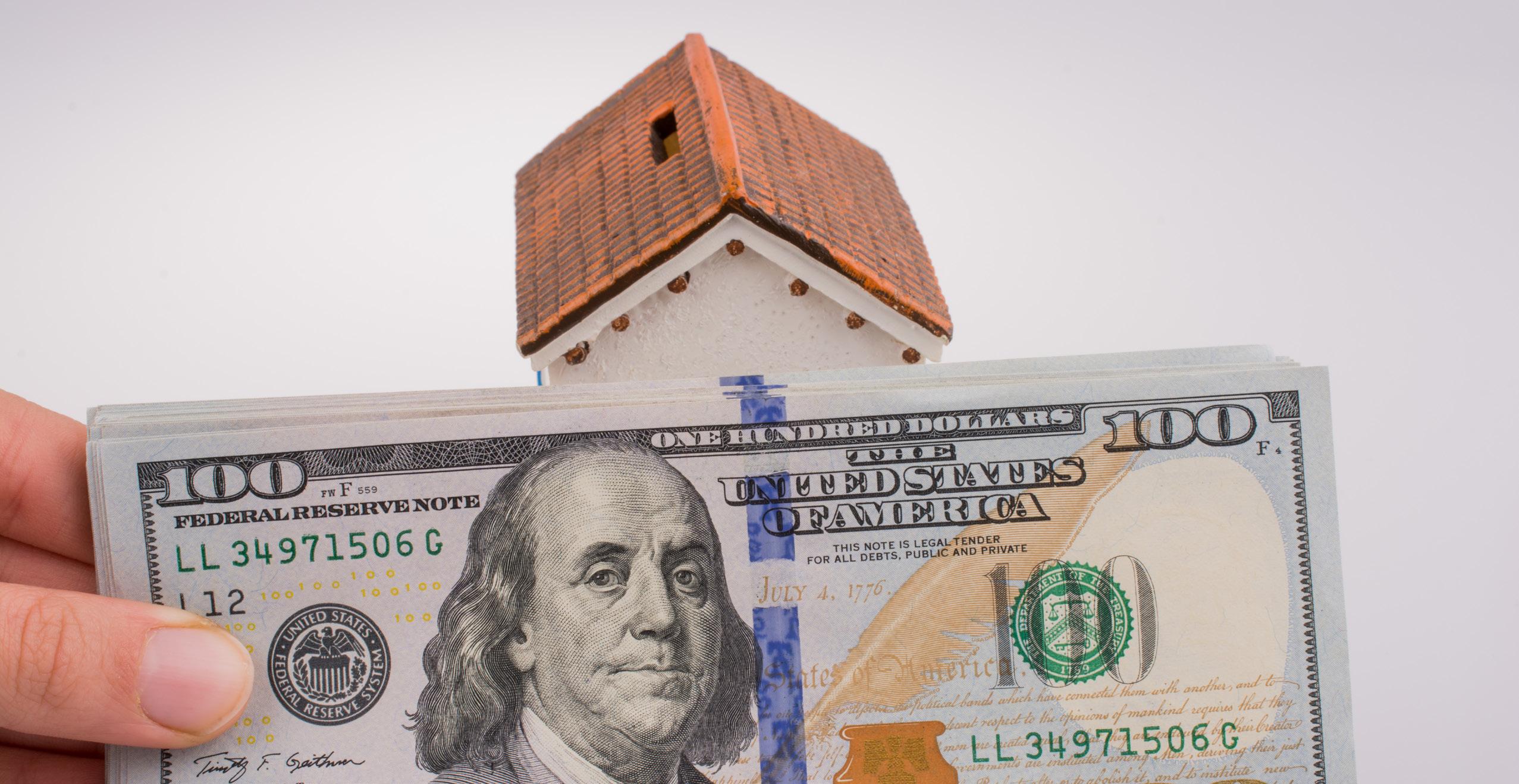
3 minute read
The Housing Inequality Question: To
THE HOUSING INEQUALITY QUESTION:
TO REDUCE RACIAL WEALTH INEQUALITY, WE NEED TO EXPAND THE DOWN PAYMENT ASSISTANCE PROGRAMS
for down payment assistance. Fortunately, there are plans to introduce a new, refundable and advanceable down payment tax credit of up $15,000, which would be offered to targeted first-time homebuyers at the closing table. The Biden-Harris campaigns were mostly centered around improving racial equality and addressing the homeownership issues. As the new administration, the team needs to address significant operational and design challenges that exist before tabling the tax credit plan in Congress. The best way to do this is by determining how to operationalize the advanceable feature of the credit, which is similar to asking the IRS to deliver A compelling argument has emerged that the housing sector, and specifically on the down payment assistance should be used at the forefront to end the historic economic and racial individual tax refund checks to tax payers on a date of their choosing, while relying on an obsolete technology and insufficient staff resources. equality gap. On a keen observation, this argument is very sensible. Let’s face it, home equity accounts for a quarter of the total US household net worth. This means that policies that significantly reduce the 30-percentage point Black-White homeownership gap could also help diminish a large part of the racial wealth gap. Consequently, extending sustainable homeownership opportunities to more people of color is not only a way to improve racial equity, but also a good means of increasing economic growth. According to recent study by Morgan Stanley, equalizing Black-White homeownership levels over the next 10 years would produce more than 5 million more homeowners of color, create nearly 800,000 new longterm jobs, and generate up to $400 million in additional tax revenues relative to current trends. Heightening need for down payment assistance. More than twice as many African-American families (19%) as White families (9%) have zero or negative net worth. This makes it extremely difficult for many African-American families to afford a down payment for a first home and demonstrates the growing need
However, the real issue here is how the new tax credit will be integrated into the existing network of over 2,500 active programs in over 1,300 public agencies that are currently offering down payment assistance (DPA) at the local, state, and national level, transacting more than $1 billion per year.
Date from various agencies reveal that emergence DPA programs has been on the rise recently with DPA agencies increasing nationwide. With its popularity rising, the DPA sector suffer three major problems which the Biden administration should aim to combat. First, the emergence of varied program structures and borrower requirements across agencies and jurisdictions raises the costs while limiting the interests of regional and national lenders from scaling their DPA operations. Secondly, many DPA programs lack transparency. Only few state agencies and national providers report detailed performance of DPA-linked mortgages compared to non-DPA loans. Lastly, there is inadequate funds to make a real impact on the racial homeownership/ wealth deficit.
Fortunately, there is a chance to rectify all these. First, we can achieve greater standardization and transparency among the DPA programs by requiring the gateways (that is the GSEs) to the secondary market to adopt common rules and reporting requirements for loans that they offer assistance.
EXPANDING FUNDING
Administrative actions by the relevant authorities should expand lender take-up and increase the pool of available down payment assistance. This would significantly reduce the, massive minority homeownership and weal gaps. Additionally, the Biden administration along with the FHFA could allocate several billion dollars in new DPA resources using existing authorities and take advantage of the Temporary Payroll Tax Cut Act of 2011 (TCCA) which is set to expire in October 2021. The law imposed an annual 10-basis point fee that would remain in effect for 10 years on new single-family mortgages purchased or guaranteed by Fannie Mae and Freddie Mac to pay for a two-month extension of the 2010 temporary payroll tax cut. The law also prohibits the GSEs from passing this fee down to lenders, investors or borrowers. Instead, it requires them to absorb the cost as a reduction to their respective bottom lines.

Work cited.
https://www.housingwire.com/articles/reducing-the-racialwealth-gap-by-expanding-down-payment-assistance/.










